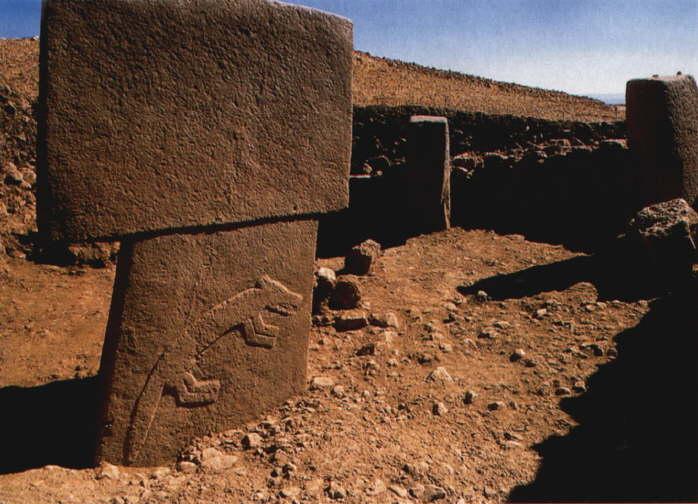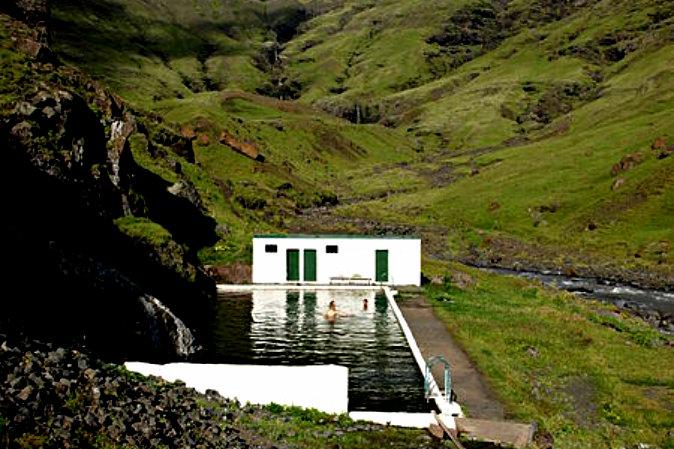Original article on www.vagabondjourney.com
The human was born a traveling animal. For over 100,000 years we walked across the great Savannas, made way through the jungles, camped in Arctic tundra, and hunted and foraged in the forests of this planet. Then, a little over 10,000 years ago — a blip in our species’ timeline — we started laying down our satchels, building our shelters with a sense of permanence, and began cultivating the grains and animals in our surroundings. This great event, perhaps the largest shift in human cultural evolution, happened around a great temple now called Göbekli Tepe in southeastern Turkey.
In Search of Humanity’s Lost Nomadic Past
It may seem ironic for a trave ler to be drawn to the site of humanity’s first incidences of sedentarization, but I saw in this story something leading to the roots of my own restlessness, my own undeniable wanderlust.
I have been interested in the deeply ingrained nomadic urges that still seem to lay dormant inside the building blocks of the human genome since my early days of travel. What made me want to travel? What was this urge that made me grow restless in a place after a couple of months? Why did I want to follow the geese and run with the seasons? What was the anatomy of this incessant drive to migrate over the earth? After nearly twelve years of traveling I am still not any closer to answering these questions, but I feel that the transitioning point from when humans were primarily migratory hunter-gatherers to when they became sedentary farmers is a big lead towards unraveling this riddle of the ages.






